How to Enhance Your Project with Architectural Rendering Techniques
In the competitive landscape of architecture and design, effective communication of ideas is crucial for project success. Architectural rendering has emerged as a vital tool, enabling professionals to visualize and present their concepts with clarity and precision. According to a report by Grand View Research, the global architectural rendering market is expected to reach USD 10.97 billion by 2025, growing at a CAGR of 23.5% from 2019. This surge is driven by the increasing demand for high-quality visuals that enhance client presentations and streamline approval processes. By harnessing advanced rendering techniques, architects can create immersive 3D models and photorealistic images that not only capture the essence of their designs but also engage clients on a deeper emotional level. In this article, we will explore effective strategies to enhance your project through architectural rendering techniques, ensuring you stay ahead in this evolving industry.
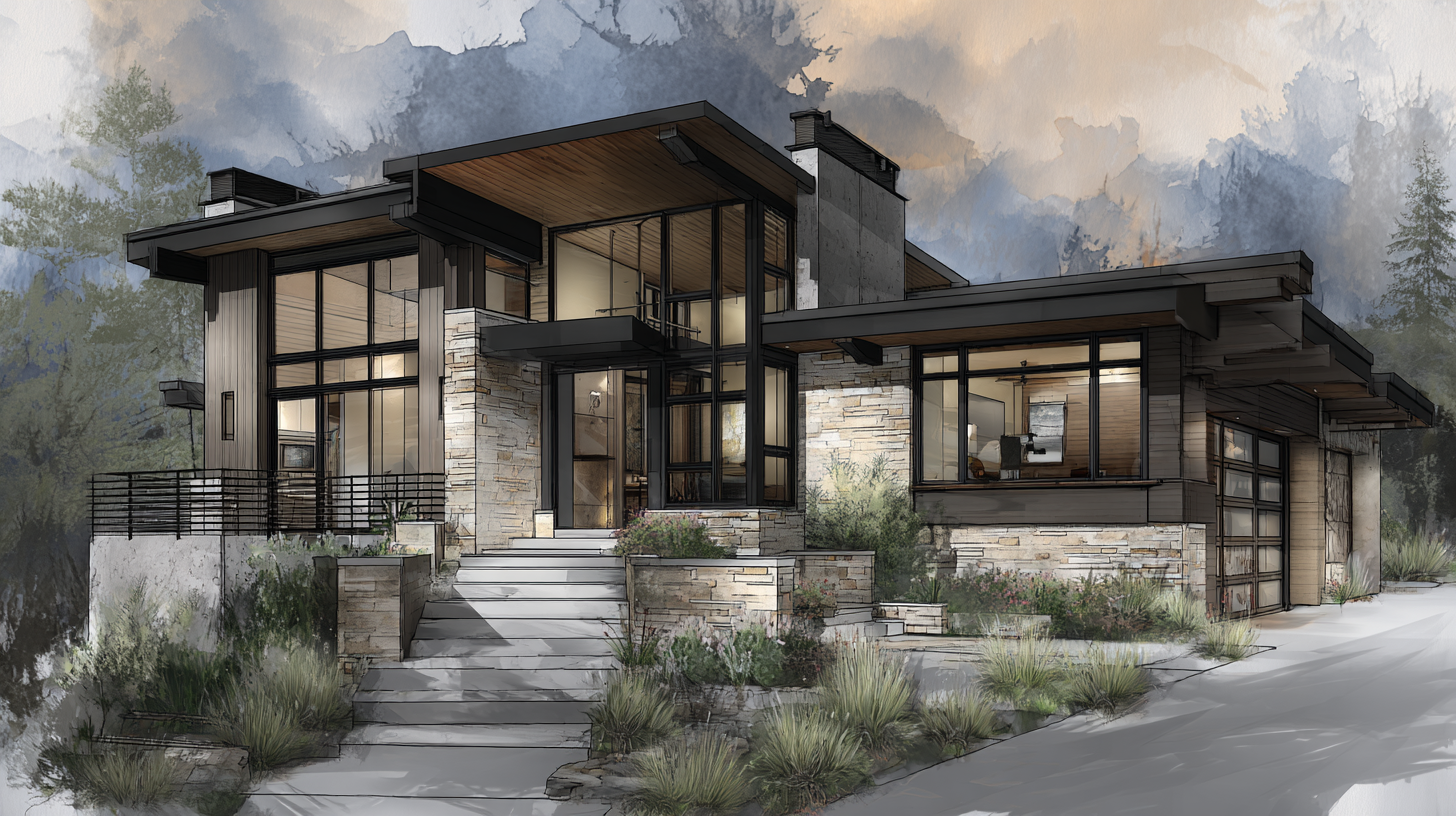
Utilizing 3D Visualization to Transform Architectural Concepts
In the realm of architectural design, the power of 3D visualization is undeniable. This technique allows architects and designers to transform abstract concepts into tangible representations, making it easier to communicate ideas to clients and stakeholders. By utilizing advanced architectural rendering techniques, professionals can create realistic images that showcase materials, textures, lighting, and spatial relationships. This not only helps in visualizing the final product but also enables early identification of potential design issues, allowing for timely adjustments.
Moreover, 3D visualization serves as a pivotal marketing tool. High-quality renderings can captivate the audience, portraying projects in a compelling manner that static drawings simply cannot achieve. Interactive presentations and virtual reality experiences further enrich the viewer's understanding, immersing them in the design long before the actual construction begins. As the industry continues to embrace these technologies, the integration of architectural rendering techniques becomes essential in enhancing project presentations and securing client approval, ultimately leading to successful project realizations.
How to Enhance Your Project with Architectural Rendering Techniques - Utilizing 3D Visualization to Transform Architectural Concepts
| Technique | Description | Benefits | Tools/Software |
|---|---|---|---|
| 3D Modeling | Creating a digital representation of a building's structure | Enhanced visualization, better design accuracy | SketchUp, Revit |
| Rendering | Producing a photorealistic image from a 3D model | Realistic visuals for presentations, marketing | V-Ray, Lumion |
| Virtual Reality | Immersive environment that allows exploration of spaces | Enhanced client engagement, better design feedback | Unreal Engine, Unity |
| Augmented Reality | Digital elements added to the real world through devices | Interactivity, improved project understanding | ARKit, ARCore |
| Animation | Creating a video representation of the architectural project | Dynamic showcasing, storytelling | 3ds Max, Blender |
Integrating Virtual Reality for Immersive Project Experiences
Integrating Virtual Reality (VR) into architectural rendering adds a compelling dimension to project presentations. According to a recent report by Statista, the global virtual reality market is projected to reach $57.55 billion by 2027, highlighting a significant opportunity for architects and developers to adopt this technology. By using VR, stakeholders can walk through a project before it’s built, allowing for real-time feedback and a deeper understanding of spatial dynamics. This immersive experience not only enhances client engagement but also streamlines decision-making processes.
**Tip:** To maximize the benefits of VR in architectural projects, involve clients early in the design phase. Offering them a VR experience of different design options can lead to more accurate feedback and refined proposals.
Furthermore, studies show that VR applications can increase design accuracy and reduce costly changes during construction. A report by McKinsey indicates that companies using VR for architectural applications saw a 27% decrease in project time. By showcasing your designs in virtual environments, you can identify issues and preferences, ensuring that the end result aligns closely with client expectations.
**Tip:** Make your VR experience more interactive by integrating touchpoints where clients can modify elements in real-time, such as materials or layouts, which enhances their involvement and satisfaction with the project outcome.
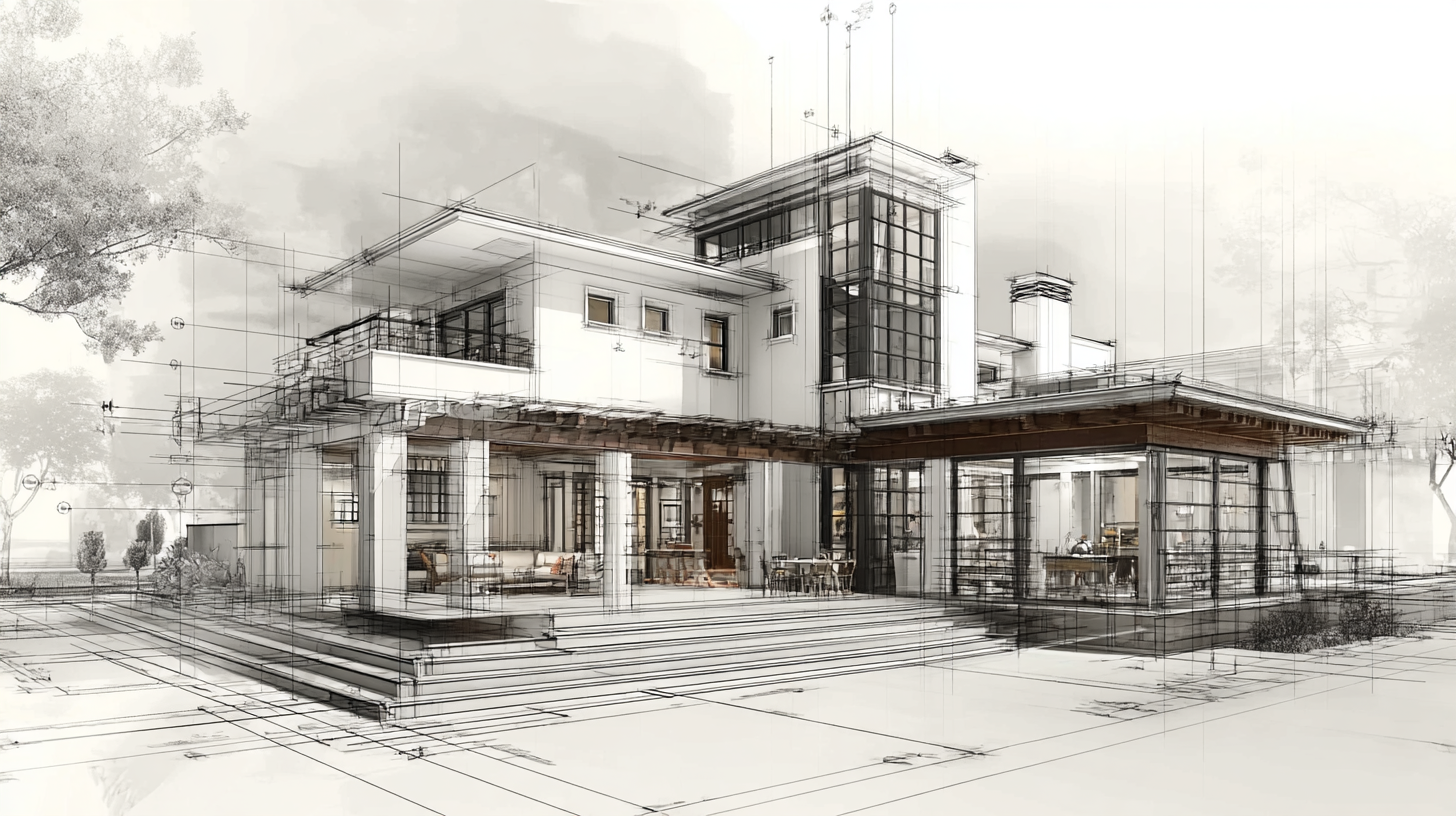
Leveraging Photorealistic Renders to Attract Clients
Photorealistic rendering has become an essential tool in architectural design, offering a powerful way to attract clients by bringing projects to life before they are built. As the global market for 3D rendering continues to grow, projected to reach approximately USD 23.78 billion by 2034, leveraging these advanced visualization techniques can significantly enhance project proposals and marketing strategies. In 2025, industries like real estate are focusing on innovative approaches, with 3D renderings proving pivotal in engaging potential buyers and securing investments.
Tips for using architectural rendering effectively include focusing on high-quality images that highlight design features and ambiance. Ensure that your visuals resonate with the audience by incorporating elements that reflect their lifestyle and preferences. Additionally, employing AI-driven tools can streamline the rendering process, resulting in quicker turnarounds without sacrificing quality. As designers share their strategies for helping clients visualize concepts, incorporating photorealistic renders will not only aid in client understanding but also enhance overall trust in the proposed designs.
Exploring Animation Techniques to Showcase Design Progression
Architectural rendering techniques have evolved significantly, offering a dynamic way to showcase design progression. Among these, animation techniques stand out, providing a captivating narrative that can engage clients and stakeholders more effectively than static images. By utilizing animations, architects can illustrate not just the final product but also the journey of transformation—from initial sketches to detailed designs.
Tips for creating compelling architectural animations include focusing on storytelling. Begin by outlining the key stages of your project and how each phase contributes to the overall vision. Incorporating smooth transitions and thoughtful pacing makes the progression feel natural and immersive. Additionally, consider using voice-overs or strategic text overlays to highlight important features and design choices, guiding viewers through the narrative.
Another essential tip is to optimize your animations for various platforms. Whether presenting in a formal meeting or sharing on social media, ensure that your animations are tailored to the audience's medium. This might involve adjusting the resolution or duration, but the goal remains the same: to make your architectural design not only visually stunning but also easily accessible and engaging for a wider audience.
Enhancing Projects with Architectural Rendering Techniques
Incorporating Augmented Reality for Enhanced Client Engagement
The incorporation of augmented reality (AR) in architectural rendering techniques is paving the way for enhanced client engagement. As we look ahead to 2032, the global user experience research software market is forecasted to grow significantly, from $427.3 million in 2024 to an impressive $10.306 billion. This expansion, at a compound annual growth rate (CAGR) of 11.6%, underscores a burgeoning demand for immersive technologies that can elevate the design and presentation of architectural projects.

Furthermore, the AR and virtual reality (VR) market is expected to witness remarkable growth, with projections estimating its value to reach $127.73 billion by 2025 and a staggering CAGR of 38.69% up to 2033. This growth is indicative of an increasing recognition of AR as a valuable tool in architecture, enabling clients to visualize projects in a more engaging and interactive manner.
As architectural firms embrace these advanced rendering techniques, they not only enhance client satisfaction but also position themselves at the forefront of technological innovation within the industry. Integrating AR into architectural presentations could revolutionize how projects are showcased and experienced, leading to deeper client connections and more successful outcomes.
Related Posts
-
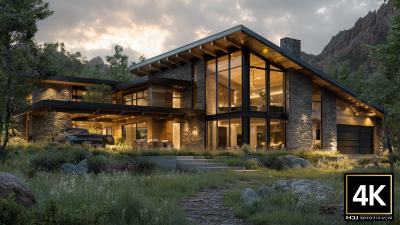
How to Choose the Right Manufacturer for Best Exterior Rendering Solutions
-
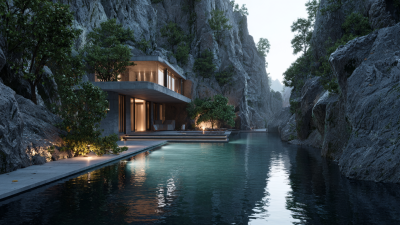
Stunning Examples of Best Digital Renderings You Need to See
-
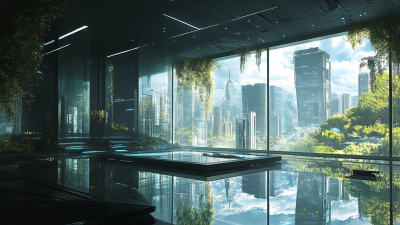
Unlocking the Future: 2025 Trends in Artistic Rendering for Global Buyers - A Comprehensive Checklist
-
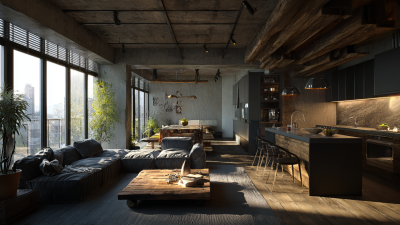
10 Essential Tips to Elevate Your 3D Rendering Skills in the Digital Age
-

5 Compelling Reasons Why 3D Architectural Rendering Can Transform Your Design Projects
-

How to Enhance Product Visualization with 3D Render Techniques for Maximum Impact


